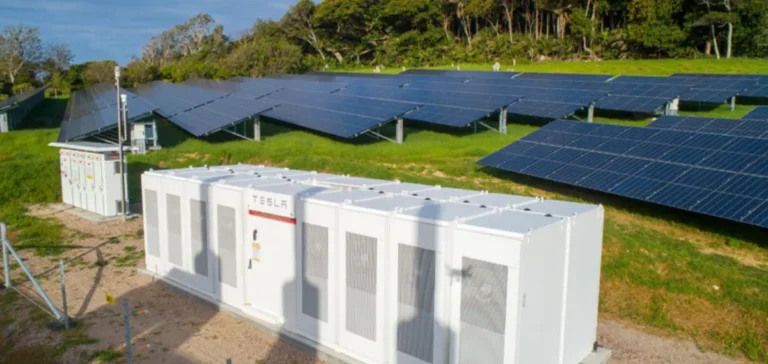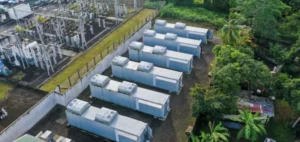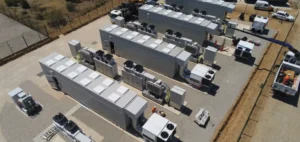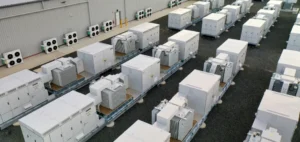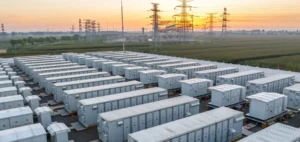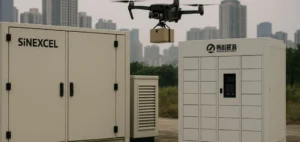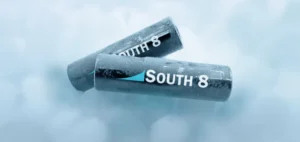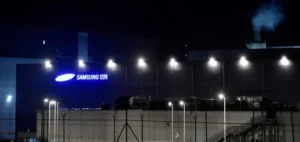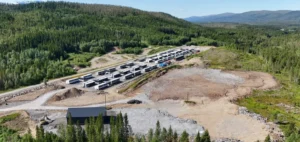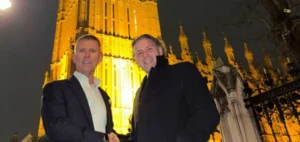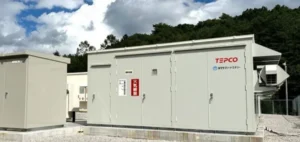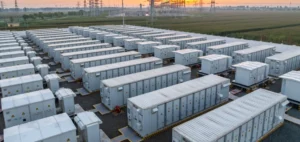The global microgrid sector is experiencing notable growth driven by an increase in large-scale projects, benefiting from a supportive regulatory and technological environment. These local energy systems, combining energy production and storage, appeal to diverse actors such as municipalities, university campus managers, and industrial operators.
Innovative energy contracts
In the United States, the Energy-as-a-Service (EaaS) model, popularized by ENGIE North America, allows integrators to retain asset ownership while ensuring precise performance metrics, such as outage durations or emission intensity. Such contracts currently represent over 480 MW in universities, data centres, and ports, generating stable financial flows through the sale of surplus energy and ancillary services.
Additionally, the market is exploring energy trading platforms that enable real-time exchanges. In Australia, for example, Project EDGE redirects excess solar energy from homes to nearby businesses at dynamic rates, demonstrating financial efficiency superior to static feed-in tariffs in most cases.
Mature technological standards
The market also benefits from increased technological standardization. The new IEEE 2030.7/8 standards clearly define hierarchical control functions, while the Open Field Message Bus protocol enhances timestamp accuracy for decentralized state estimation. By mid-2024, more than 65 manufacturers had certified their equipment compliant with SunSpec Modbus profiles, facilitating technical integrations.
In parallel, facing rising cybersecurity concerns, the sector is now widely adopting “zero-trust” security principles. Critical sites such as those in Los Angeles County thus integrate secure modules and encrypted communications in accordance with recommendations from the U.S. Cybersecurity and Infrastructure Security Agency.
Diversification of energy sources
The microgrid market now incorporates an expanded range of energy technologies beyond classic diesel-solar hybrid systems. Rolls-Royce’s mtu division recently launched a 2 MW methanol-ready genset suitable for autonomous or grid-connected operations. Bloom Energy is deploying solid oxide fuel cells in South Korea, having already exceeded 100,000 operating hours.
This evolution also includes innovations in energy storage, such as zinc-air batteries and sodium-ion packs. In the United States, the Redwood Coast Airport microgrid in California is now producing renewable hydrogen for a local bus depot, illustrating the versatility and rapid technological evolution within the sector.
Accelerated global deployment
According to the international research consortium EMPower, approximately 9 GW of additional capacity was commissioned between January 2023 and April 2024, raising global installed capacity to nearly 46 GW. Industrial sites, such as Rio Tinto’s location in Western Australia, are adopting these systems to secure production against grid instabilities.
This global growth is also notable in emerging countries. In Sub-Saharan Africa, the sector has already installed over 6,500 systems in villages, thereby serving more than 17 million residents previously without access to electricity. These installations demonstrate the microgrids’ effective response to diverse economic needs across various regions worldwide.


